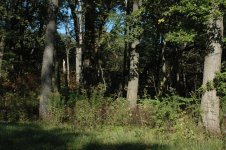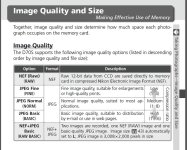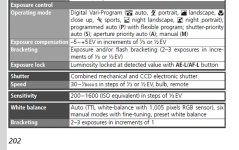I'm still experimenting with taking photos in the woods (D70S, 28-105 kit lens), and this time I tried the A mode, letting the camera choose the shutter speed--ISO on auto, matrix metering, fine jpeg, all with a tripod. I shot the same scene at 5.6, 7.1 or 8, 11, and sometimes 16--all with pretty much the same bad results. When I shoot out in the open light, I do fine, but all the dark shadows seems to throw everything out of whack. I also tried the M mode, adjusting the EV indicator to zero, and those came out ultra dark.
Any thoughts?
Any thoughts?



